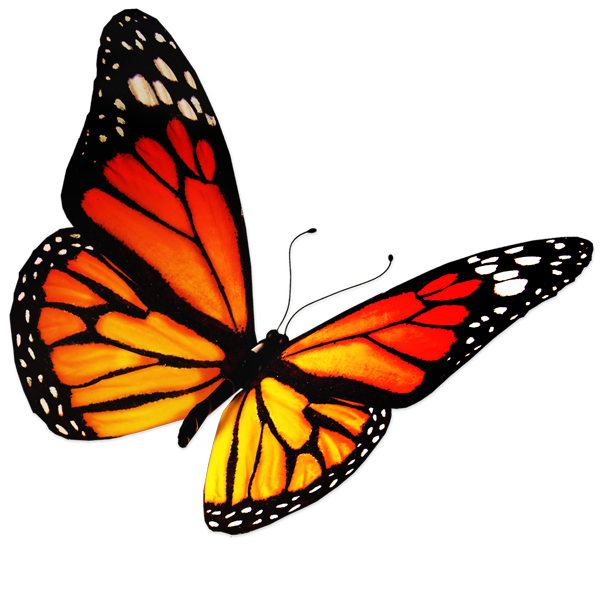Many animals that don’t look related have been grouped into the same classifications. Nature Interpreter James explores some animals that are more closely related than you might think.
Read moreTag: insects
There are no dragons kidnapping damsels in distress here! These are way cooler critters, members of the animal kingdom that are actually indicators of water quality: dragonflies and damselflies. Read on as Director of Programming Amy highlights a few species found in our region.
Read moreOver 100 different butterfly species have been observed in the Cincinnati area. How can you tell them apart when they’re flying about? Nature Interpreter Luke shares how to identify butterfly species and where you can spot some in Great Parks.
Read morePrairie flowers are at the peak of blooming in mid-summer. Among them, royal catchfly stands out – in more ways than one. Director of Programming Amy shares what makes this bright red flower the royalty of the prairie.
Read moreWhile many people don’t like insects that sting, bumblebees play a vital role to our environment. Director of Programming Amy shares why bumblebees aren’t just important pollinators, they’re adaptable.
Read moreIf you haven’t heard of a bioblitz, it’s a great way to build your outdoor observation skills while helping biologists. Get outside and explore new places this spring by joining Great Parks in the City Nature Challenge 2022.
Read moreMoths are often overlooked as butterflies’ uglier, boring relatives, but they’re just as interesting and just as helpful to our environment! Nature Interpreter Maddie shares the bright side of moth lives with these common Ohio moths that you can find in Hamilton County.
Read moreThe monarch butterfly is one of the most easily recognized butterflies in North America. Think you know everything there is to know about these winged wonders? Think again! Nature Interpreter Lisa shares facts you didn’t know just in time for the monarch migration.
Read more








